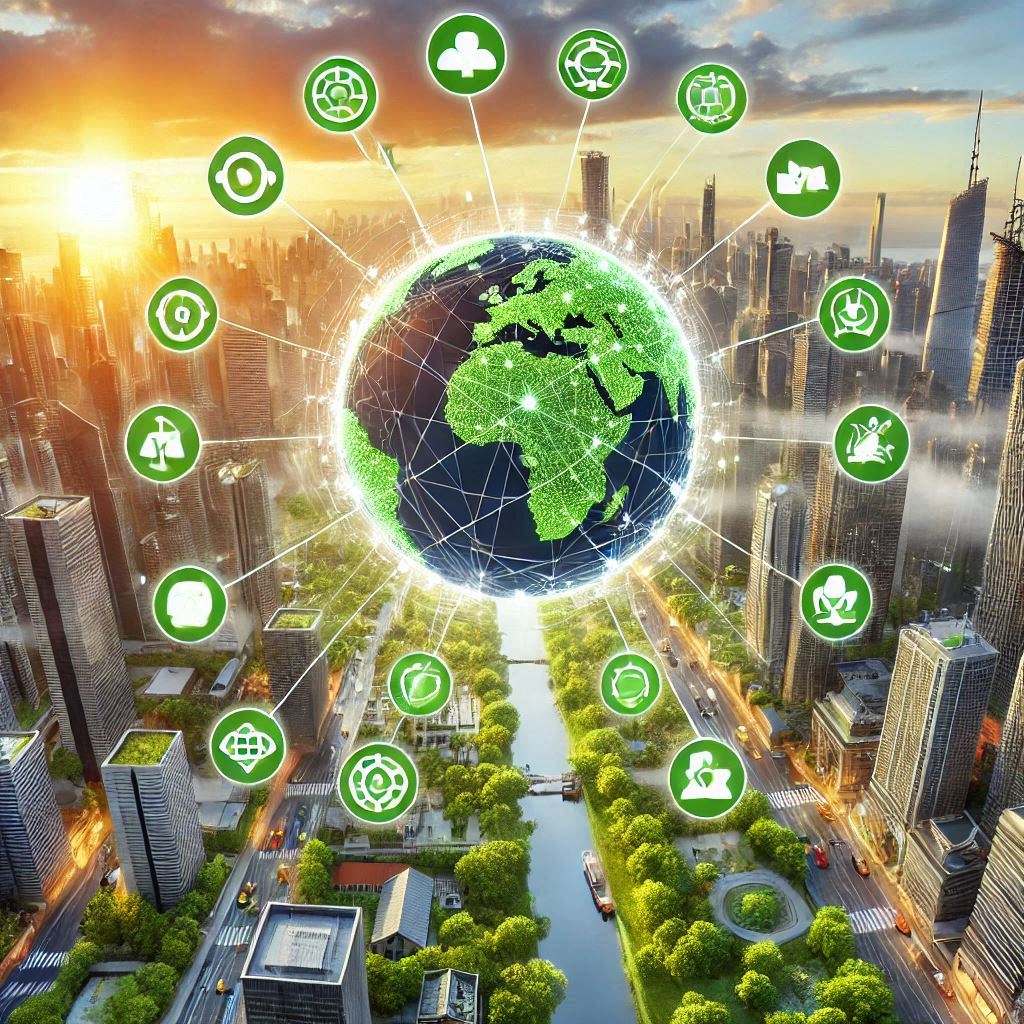In the summer of 1896, Swedish scientist Svante Arrhenius hunched over his desk, painstakingly calculating the impact of carbon dioxide on Earth’s temperature. I’m pretty sure he didn’t know that his meticulous work would lay the foundation for our understanding of climate change and the emergence of carbon accounting – a field now critical in humanity’s fight against climate change.
Everything is connected, and every action has a consequence.
1.1.1 What is climate change?
Climate change is a force that knows no borders and respects no treaties. It is the gradual shift in global weather patterns and average temperatures, primarily driven by human activities that increase greenhouse gas concentrations in the atmosphere, as per Wikipedia.
But to truly understand climate change, a little history can help us create a strong understanding of its essence.
1.1.1.A History Of Climate Change
Our story begins long before Arrhenius’s calculations. In the 4th century BC, Theophrastus, a pupil of Aristotle, observed how draining marshes made a locality more susceptible to freezing. This early observation hinted at a profound truth: human actions can alter the local climate.
Fast forward to the 19th century, and we find ourselves in the midst of the Industrial Revolution. As factories belched smoke into the air and forests fell to the axe, some began to wonder if these changes might have far-reaching consequences. In 1824, Joseph Fourier proposed the existence of the greenhouse effect, though he didn’t name it as such. This was the first thread in the tapestry of climate science that we continue to weave today.
For much of history, climate was seen as immutable, a constant backdrop to human affairs. But as we entered the 20th century, this view began to change. In 1938, Guy Callendar, an amateur scientist, made a groundbreaking discovery. By meticulously analyzing records from 147 weather stations worldwide, he found that global temperatures had risen by 0.3°C over the previous 50 years .Callendar’s work was initially dismissed, but it planted a seed of doubt.
Could human activities really be changing the global climate? This question would drive scientific inquiry for decades to come.
The turning point came in 1958 when Charles David Keeling began systematically measuring atmospheric CO2 levels at Mauna Loa in Hawaii. His findings, now known as the Keeling Curve, provided the first unequivocal proof that CO2 concentrations were rising year after year. This linked human activities to changes in the atmosphere.
1.1.2 Climate Vs. Weather
People often use “weather” and “climate” interchangeably, not because they’re synonymous, but because they don’t understand how and why they differ.
To be honest, even I was initially confused about the difference between weather and climate, and it was my 5-year-old niece who actually helped me understand the concept.
So, around 3 years earlier my five-year-old niece started school. On her first day, she came home, shouting and screaming, “I want to be a doctor!” The next day, her dream changed, and she announced, “I want to be an astronaut!”
Now these daily aspirations are like weather – fleeting, changeable, and immediate.
Now, let’s imagine a few decades later, when she is older, she becomes a surgeon who performs surgeries throughout her entire career. That’s climate – the long-term pattern that emerges from countless fleeting aspirations and experiences.
Weather is what you experience when you step outside today.
Climate, on the other hand, is the average weather conditions in an area over a long period, typically 30 years or more.
Just remember, single cold day doesn’t disprove global warming, just as a single hot day doesn’t prove it.
Climate is the forest; weather is the trees.
Now, after discussing climate vs. weather, let’s clarify climate change and global warming.
1.1.3 Climate Change vs. Global Warming
While often used interchangeably, “climate change” and “global warming” are not synonymous. Global warming refers specifically to the long-term increase in global average temperatures. Climate change, however, encompasses a broader range of environmental changes resulting from this warming. These changes include:
- Altered precipitation patterns
- More frequent and intense extreme weather events
- Shifts in ecosystems and biodiversity
- Changes in ocean chemistry (acidification)
Always remember, global warming is just one symptom of a much larger syndrome – climate change.
1.1.4 Earth’s Climate System Components
The Earth’s climate system is a complex interplay of five major components:
- Atmosphere: The gaseous envelope surrounding the Earth.
- Hydrosphere: All water on Earth’s surface and in the atmosphere.
- Cryosphere: The frozen parts of the planet, including ice sheets and glaciers.
- Biosphere: All living organisms on Earth.
- Lithosphere: The solid outer layer of the Earth.
These components interact through various processes, creating the climate we experience.
For example, the oceans absorb vast amounts of heat and CO2, regulating global temperatures and the carbon cycle. The cryosphere’s white surfaces reflect sunlight, helping to cool the planet.
Human activities are now disrupting this delicate balance. By burning fossil fuels, we’re increasing the concentration of greenhouse gases in the atmosphere, trapping more heat and setting off a cascade of changes throughout the entire system.
To conclude, understanding climate change requires us to consider multiple scales, from daily weather patterns to long-term planetary trends. It’s crucial to recognize the interconnectedness of Earth’s systems and the far-reaching impact of our actions. Before we delve into Carbon Accounting, I wanted to ensure a basic understanding of climate change. Consider this section as a foundation for the more complex topics we’ll explore in the following chapters.

